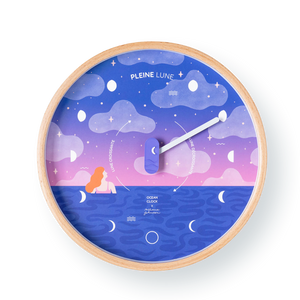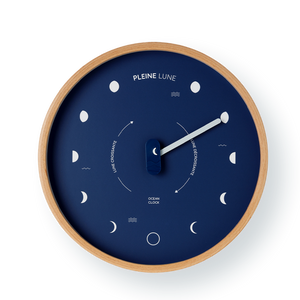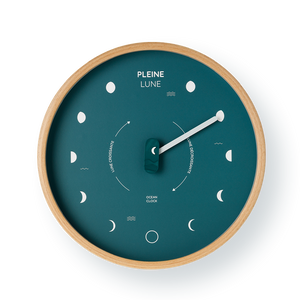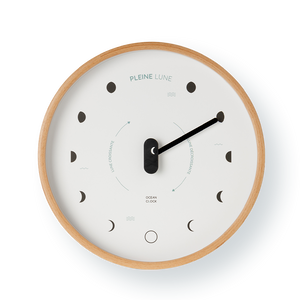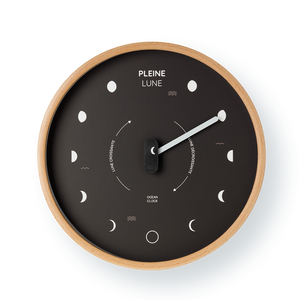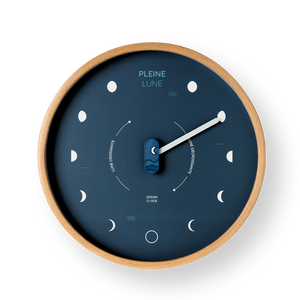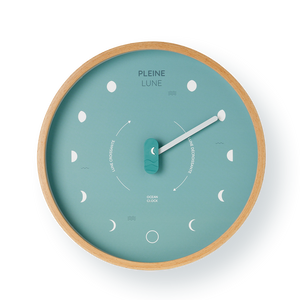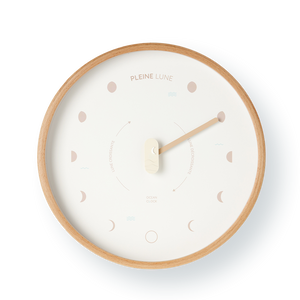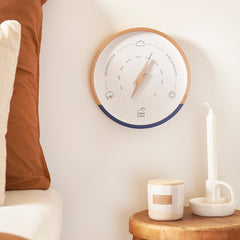Understand in a flash!
How does a needle barometer work?
For centuries, the barometer has been a tool used to predict the weather. In addition to its role as a weather indicator, the Ocean Clock barometer also serves as a decorative object just like our tide clocks. But how does a barometer work?
For those unfamiliar with this instrument, here is a brief explanation of what a barometer is and how it can be useful in everyday lif
What does a barometer measure?
The barometer is an instrument used to measure atmospheric pressure.
But what is atmospheric pressure? It refers to the force exerted by the air on the Earth's surface. In terms of weight, this equals about 10,000 kg per square meter at sea level. It’s surprising to realize that air something invisible and seemingly light can exert such a significant pressure on our shoulders.
Atmospheric pressure, expressed in hectopascals (hPa), varies depending on several factors, including altitude. The higher you go, the lower the atmospheric pressure becomes, as the amount of air decreases. This is why mountain summits, for example, show much lower pressure values than sea level

The Importance of Pressure Changes in Weather
From the moment you start using a barometer, it's essential to understand that it's not so much the exact value of atmospheric pressure that matters, but rather its variation. Fluctuations in pressure are key indicators of weather phenomena such as low-pressure systems (depressions) and high-pressure systems (anticyclones).
By observing these changes, a barometer can provide valuable insights into how the weather is likely to evolve over the coming hours.

For weather enthusiasts or simply those who want to plan their outdoor activities, the barometer offers a quick and accessible way to get an idea of upcoming weather conditions. By incorporating this tool into your daily routine, you can better understand how atmospheric influences affect your environment. Whether it’s for a walk, a family outing, or water-based activities, knowing what the sky will look like today can make all the difference in your daily decisions.
The Origin of Barometers
The very first barometer was created in 1643 by the Italian physicist Torricelli, who used a mercury-based method to measure atmospheric pressure.
Other physicists later developed new techniques for measuring pressure. As a result, there are different types of barometers: the water barometer, the gas barometer, and the aneroid barometer.
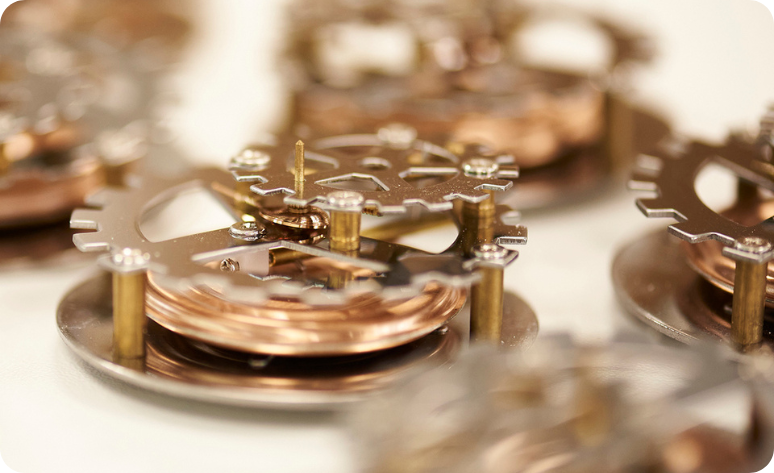
Today, aneroid barometers are the most commonly used for weather forecasting, as their mechanism provides more accurate and safer readings unlike mercury barometers, which are banned from sale due to their toxicity.
Water and gas barometers, being highly sensitive to temperature changes, are less accurate and require adjustments to their readings.
Aneroid Barometers
At Ocean Clock, we chose to develop a needle barometer also known as an aneroid barometer for its accuracy and reliability.
But how exactly does a needle barometer work?
Invented in 1844 by Frenchman Lucien Vidie, the aneroid barometer is unique in that it contains no liquid, making it particularly robust and easy to use. It consists of an airtight box partially emptied of air, often referred to as the Vidie capsule. This innovative design allows it to efficiently measure changes in atmospheric pressure.
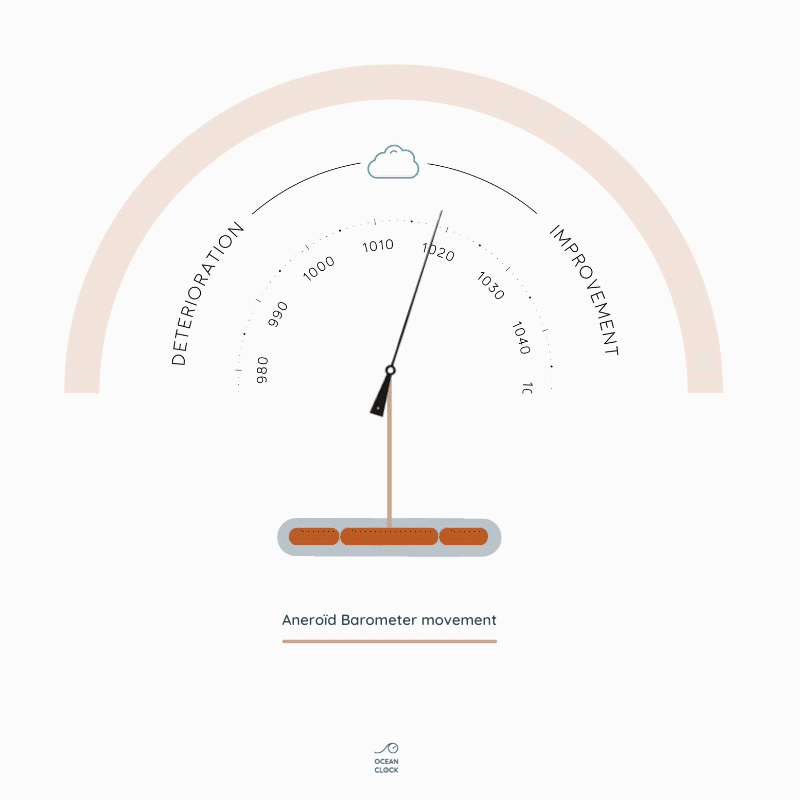
This animation explains the mechanism in detail, and you can also read the explanation below.
When a fluctuation in air pressure occurs, the barometer’s casing deforms. This change activates an internal mechanism that moves the needle according to the surrounding pressure. One of the main advantages of this type of mechanism is that it requires no external power source, such as batteries. A gentle tap on the glass is enough to prompt the needle to respond to the air pressure.
The movement of the needle reflecting changes in pressure provides valuable insight into upcoming weather conditions. To make your observations easier, a lightning bolt-shaped marker is also integrated into the aneroid barometer. This reference point allows you to easily track pressure changes since your last reading, helping you better anticipate future weather.
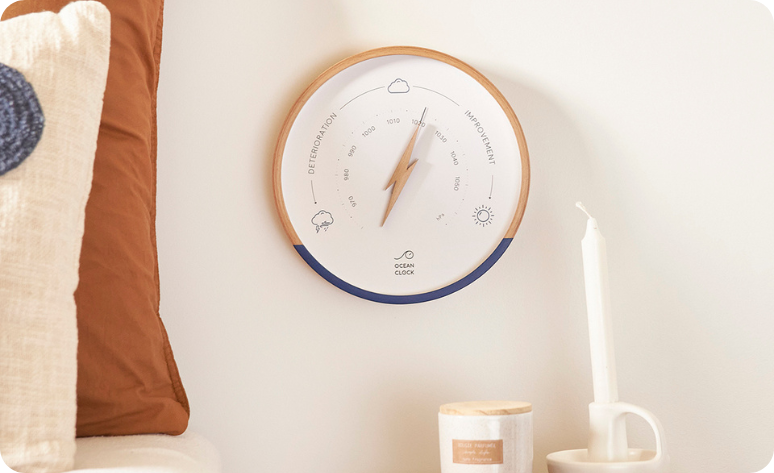
By choosing an aneroid barometer, you’re opting for an instrument that combines tradition with modern technology capable of providing reliable weather forecasts for your daily activities. Whether you're going for a walk, planning a trip, or engaging in any other outdoor activity, this essential tool will help you anticipate the weather and better plan your day.
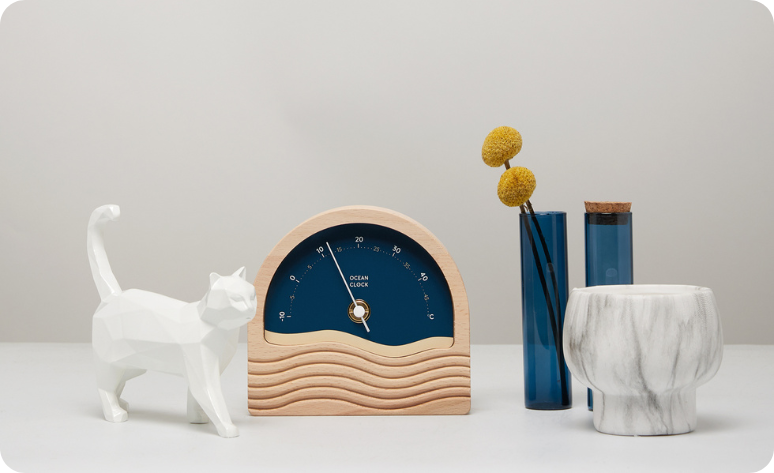
Precision Tools
For greater accuracy, it’s important to pair this wooden barometer with other measuring instruments, such as the thermometer (marine model shown above), the hygrometer (used to measure air humidity), and the anemometer (used to measure wind speed). By mastering all of these tools, you'll become a true weather expert and the weather will no longer hold any secrets for you.

